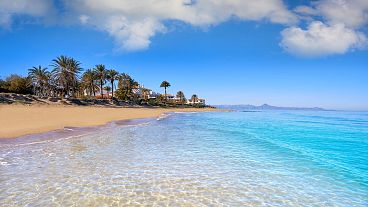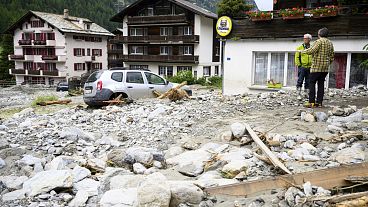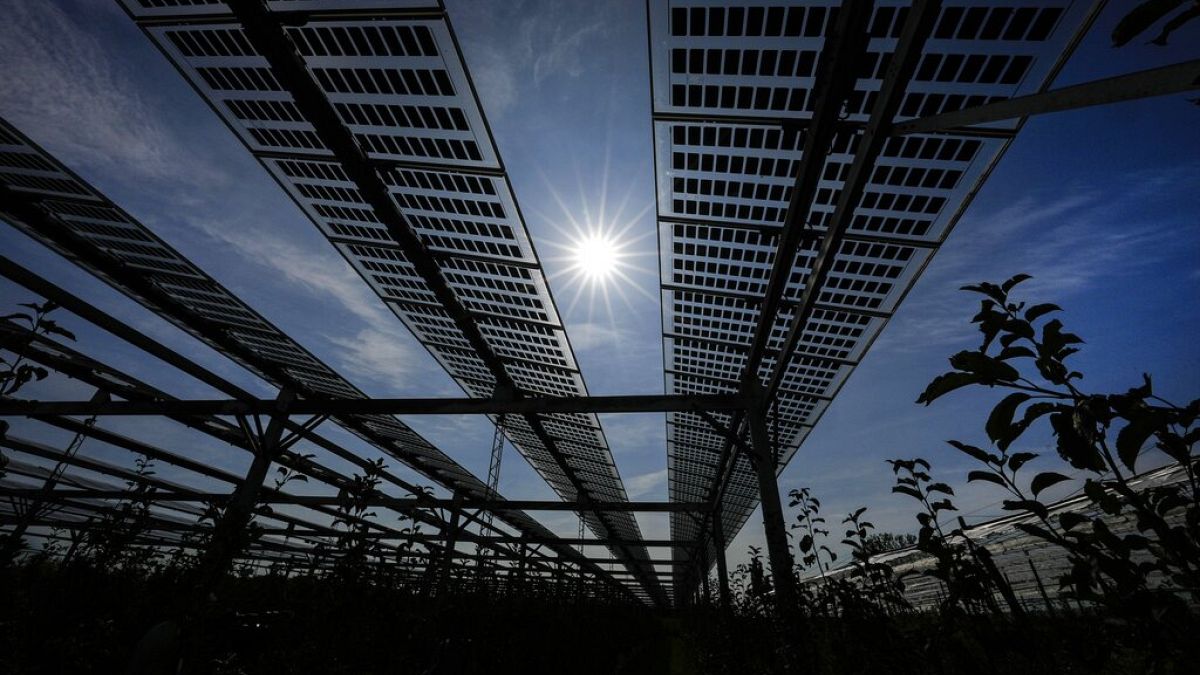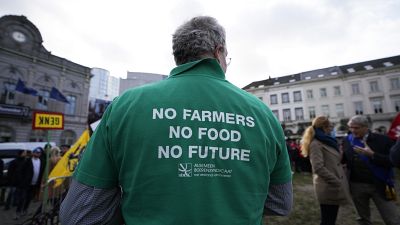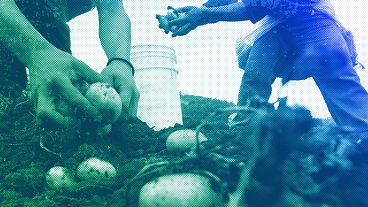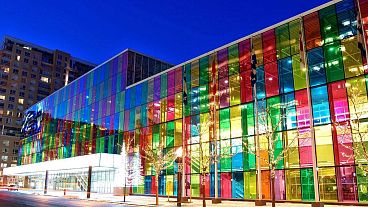Combining farming with green energy production could also increase food security and generate additional income for farmers, according to a new study.
Deploying solar panels and growing crops on the same land could be a solution to boost renewable electricity in Czechia, Hungary, Poland and Slovakia, reaching the equivalent of 68% of today’s energy demand in the countries, according to new research.
A study by energy think tank Ember posits that combining electricity and crop production, a practice dubbed agri-PV, on just 9% of farmland could meet the electricity needs of agriculture and food processing in the region.
The UK-based NGO suggests that 180GW of solar panels could be installed on crops across the central European countries – triple the targeted capacity by 2030 set out in draft national energy plans, and seven times more than the total installed capacity across the countries at present.
Boasting 19% of the EU’s arable land, the so-called Visegrad 4 countries produce a disproportionately large amount of staple crops such as wheat, oats and rye, production that Ember notes could be imperiled by volatile fertilizer prices, recurrent droughts and extreme weather events.
Food security
The analysis suggests that, as well as providing an additional income stream for farmers, installing solar panels could improve water retention in dry years and protect crops from extreme weather - in some cases actually increasing yields.
For shade-loving berries or fruits, overhead agri-PV can lead to crop increases of up to 16% while producing 63% of the electricity of a traditional solar array, the report concludes.
“With Europe increasingly under threat in volatile times, food security and energy security are absolutely vital,” said Dr Paweł Czyżak, a data analyst and one of the authors of the report. “Installing solar panels with agriculture can help farmers contribute to both while keeping business stable and profitable.”
Czyżak noted that “legislation and support frameworks” would essential to unlock the potential of agri-PV, which faces the same difficulties of access to the electricity grid as conventional solar arrays, while of the four countries examined, only Czechia has targeted regulations for the area.
In France, Germany, Italy and the Netherlands, regulations allow the shared use of land for agriculture and electricity production without the loss of farming subsidies, a fact that has already enabled over 200 agri-PV projects deployed across Europe.
In Poland, a case study considering agri-PV and wheat concludes that revenues per hectare can be twelve times higher than those from wheat crops alone, Ember said, with a potential annual profit of €1268 per hectare from the combined electricity and wheat sales — a stark contrast with traditional wheat production that is estimated to be generating net losses in 2024.
Farmers may need some convincing, however. Marion Picot, secretary general at the Brussels-based European Council of Young Farmers (CEJA), told Euronews the primary concern among farmers about the deployment of solar energy is that fertile land could be given over to solar panels without the possibility to grow crops.
“Solar PVs can provide additional streams of revenue, as long as they do not compromise the economic, social and environmental value of agricultural soils, and with a priority to be given to the installation on building roofs or efficient combination with crop and livestock production," said Picot.


